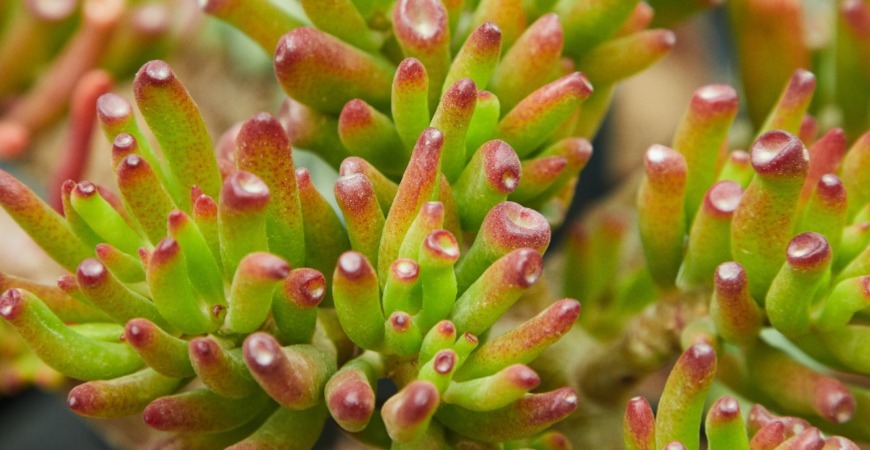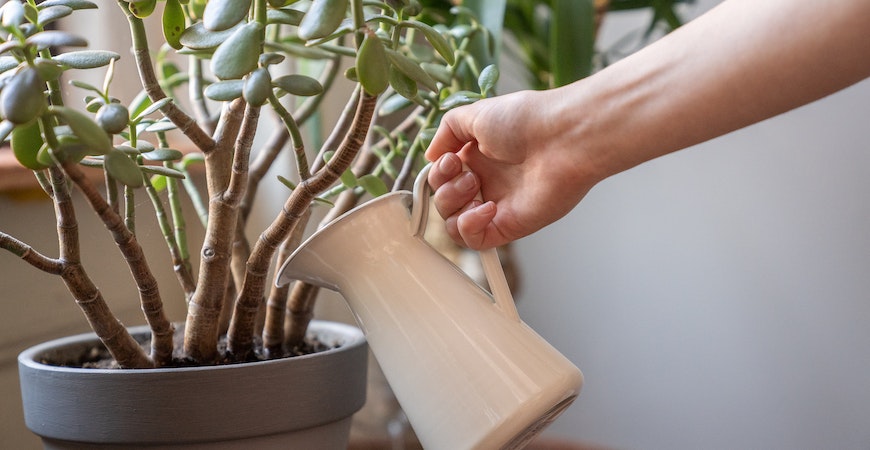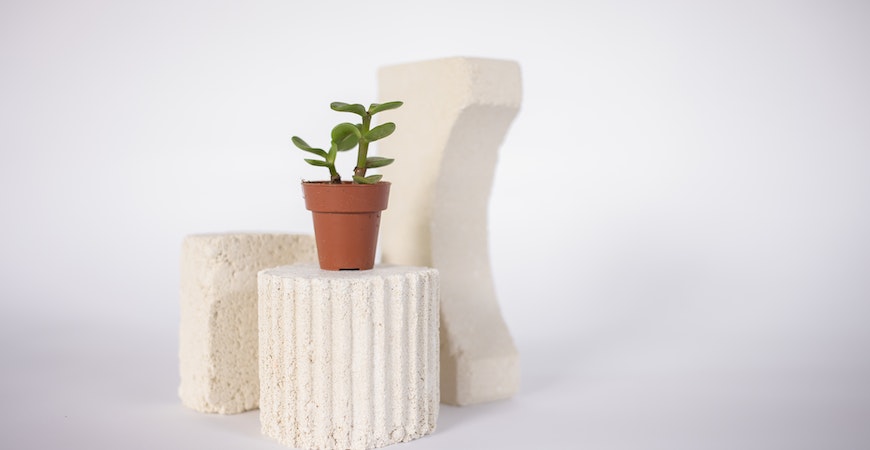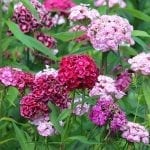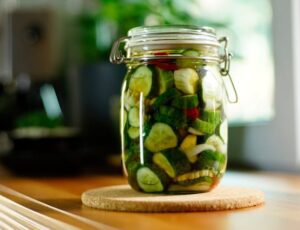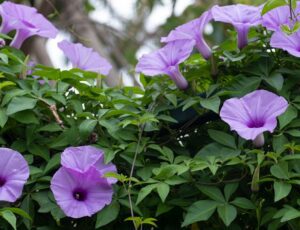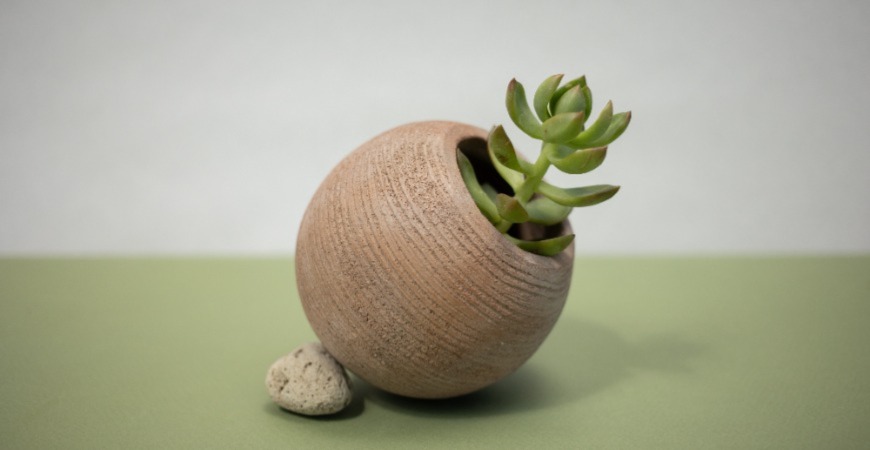
Jade Plant Care: Watering, Temperature, Soil and Propagation
Jade plants are popular succulents for housewarming gifts because they offer good luck. Even better, jade plant care is surprisingly easy.
To ensure your future remains fortunate, we offer our guide on how to care for jade plants. We’ll discuss the most popular jade plant types, how to keep yours healthy and how to propagate your succulent.
Types of Jade Plants
Jade plants tend to conjure their classical image: a tree-like silhouette with fleshy, oval-shaped leaves sprouting from thick, trunk-like stems. While the wide range of varieties tends to remain a variation of this theme, you can find types that stray slightly further from the pack due to their unique leaf shape or vibrant array of colors.
Some of our favorite jade plant varieties include:
- Gollum jade plants: This variety can grow up to three feet high with finger-shaped, red-and-pink-tipped leaves.
- Hobbit jade: Ideal for rooms where height can be an issue, the hobbit jade rarely reaches a foot in height, though its green, tubular leaves and pink-white flowers give it a distinctive look.
- Hummel’s sunset: Sometimes referred to as golden jade, this plant can also reach a height of up to three feet, and its leaves give off a golden, reddish hue.
- Silver dollar jade: This jade plant type tends to stay shorter and squatter and has flat, silvery blue leaves with dark red tips.
Watering Jade Plants
The classic jade plant can grow up to six feet tall when cared for properly. Fortunately, care isn’t too intense, with over or underwatering tending to be the most common issue.
In fact, how much you water will depend on the time of year. When the plant is actively growing, typically in spring and summer, you’ll want the soil to be thoroughly moist and wait until the soil is mostly dry before watering again.
In colder seasons, the plant will need less water less often. Wait until the soil is completely dry before watering — many well-establishing jade plants may only need one or two waterings total in fall and winter.
When giving your plant water, try to avoid getting any on the leaves. This can cause rot, especially in humid areas.
An additional tip: always use filtered or distilled water. Tap water often contains a higher concentration of salts, which can impact your plant’s health.
Generally, though, there are two key signs that your jade plant care is offering the wrong amount of water:
- Shriveled, dropped leaves or ones dotted with brown spots indicate the plant needs more water.
- Squishy or bloated leaves that seem waterlogged are signs the plant needs less water.
Jade Plant Care: Lighting and Temperature
Jade plants thrive in bright, well-lit areas. However, the younger and less established they are, the less likely they are to thrive in direct light.
Give your jade plant at least four to six hours of light daily. Southern-, eastern- and western-facing windows are a great place to maximize brightness without subjecting them to harsh direct sunlight.
When jade plants are forced to live in low-light areas, they tend to become top-heavy. That makes them more likely to fall over or have branches break off.
Jade plants prefer room temperatures during the day and slightly cooler temperatures at night — around 55 degrees Fahrenheit. During the winter, if temperatures drop below those marks, the plant may lose leaves and stop growing.
If you’re keeping your jade plants outside, you’ll want to bring them inside sometime during the fall. Ideally, move them somewhere warmer once outdoor temperatures drop to 50 degrees Fahrenheit.
Jade Plant Soil and Fertilizer Needs
Jade plants are succulents. That means they store most of their water in their leaves, and excess moisture in the soil will likely result in root rot.
Because of where they store their water, jade plants tend to hold most of their weight at the top. This means that tipping over can be a significant concern with jade plants.
So, when choosing soil, find one that’s well-draining yet weighty. Pre-made soil mixes for succulents or cacti are typically effective at keeping the soil at the ideal moisture levels.
You can also use a fertilizer designed for cacti and succulents and feed it to the plant every two weeks during the spring and summer. If you’re having trouble finding cacti or succulent fertilizer, you can dilute a standard liquid houseplant fertilizer.
Repotting Jade Plants
While you want to encourage your jade plant to grow, it’s understandable to want to keep the size manageable, especially at first. Starting with small yet heavy pots at first can help keep their size more suited for where you’ve placed them.
However, when your jade plant is young, you’ll still want to repot them in slightly larger pots every two to three years. After that, you’ll only need to repot older jade plants as necessary, often every four or five years.
Try to repot jade plants in the spring, so they have the needed room as they grow. Avoid watering and fertilizing repotted jade plants at first to prevent further damage to the roots during the repotting process.
Jade Plant Propagation
If you have one jade plant, you have the potential to have many more. Jade plant propagation is a relatively straightforward process, and a single leaf or cutting is all you need to grow a new plant.
If you’re using a cutting, try to get one at least a couple of inches long with at least a pair or two of leaves. Whether using a cutting or a single leaf, allow it to sit out in a warm area for a few days.
You’ll quickly see a callous-like growth covering the cut area. This is normal and necessary, as it prevents rot while readying new roots.
Then lay the leaf in your well-draining soil mix in a small yet heavy pot. You can prop a cutting vertically with the aid of small rocks or toothpicks.
Ensure that the cut portion is covered in a little bit of soil. Then place the pot somewhere with bright, indirect light.
Forgo watering at this point. After a couple of weeks, the propagated plant should’ve begun sending roots out into the soil. You can test it by very gently pulling on the plant to see if it’s stuck in place.
If the plant has rooted, you can begin carefully watering it. A baster tool will help get the water to deeply penetrate the soil, so the bottom layer is moister than the top.
Keep the plant out of direct sunlight and allow the soil to dry out completely between waterings. Soon, you’ll have an established plant to add to your home or give out as a gift.
Jade Plant Care is Easy When You Know What to Do
Jade plants are an easy way to add to your home’s indoor or outdoor garden. Keep them out of bright light and water thoroughly, though not necessarily frequently, and you’ll soon find yourself with a healthy plant and bountiful luck.
For more guides, tips, and advice on keeping your garden vibrant and lush, bookmark and return to the AskWetAndForget.com blog.

